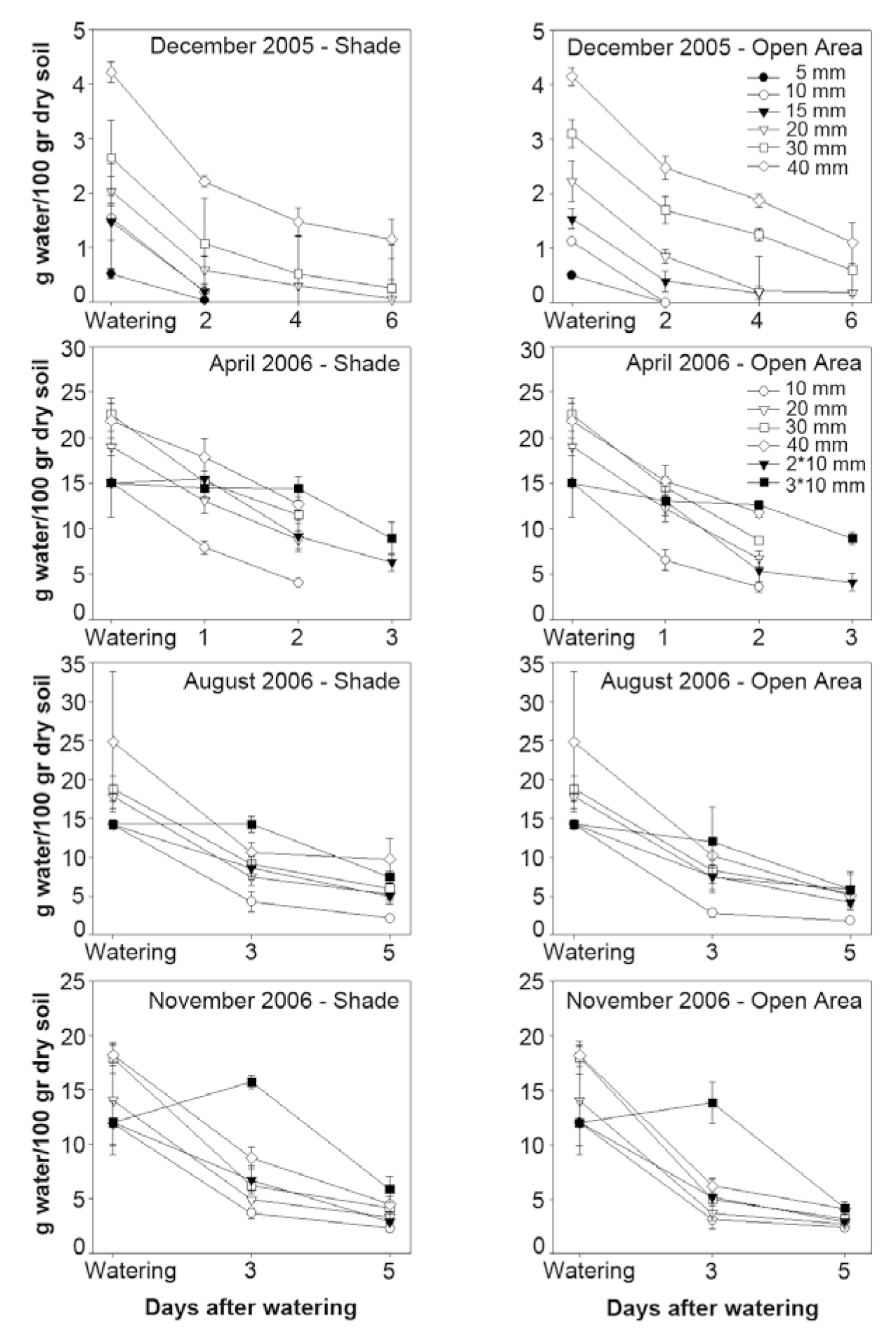Minimum water input event for seedling emergence of three native perennial grasses of the Central Monte desert (Argentina) influenced by the effect of shade and the season of the year
Keywords:
Monte Desert, perennial grasses, water requirement, facilitation, seedling emergence, shade, seasonAbstract
In deserts, seedling emergence occurs only after precipitation threshold has been exceeded, however, the presence of trees modifies microenvironmental conditions that might affect the effectiveness of a water pulse. In the Monte desert, Prosopis flexuosa trees generate different micro-environmental conditions that might influence grass seedlings establishment. The objective of this work was: a) to know the effective minimum water input event that triggers the emergence of native perennial grass seedlings; b) to relate this fact with the effect of the shade of P. flexuosa canopy and the seasonal temperatures. Three important forage species of the Monte were studied: Pappophorum caespitosum and Trichloris crinita, with C4, and Jarava ichu, with C3 metabolism. Each season, seeds of these species were sown in pots placed at two light conditions: shade (similar to P. flexuosa cover) and open area, and with seven irrigation treatments (0, 10, 20, 30, 40, 2*10 and 3*10 mm). J. ichu did not emerge in any of the treatments. Significant seedling emergence was registered for P. caespitosum and T. crinita in shade conditions with 40 mm irrigation treatment in summer. Since 40 mm precipitation events are infrequent in the Monte, seedling emergence for these species would be restricted to exceptional rainy years. The facilitating effect of P. flexuosa shade would be important during the hot season.

Downloads
Published
Issue
Section
License

This work is licensed under a Creative Commons Attribution-NonCommercial-ShareAlike 3.0 Unported License.
Aquellos autores/as que tengan publicaciones con esta revista, aceptan las Políticas Editoriales.


